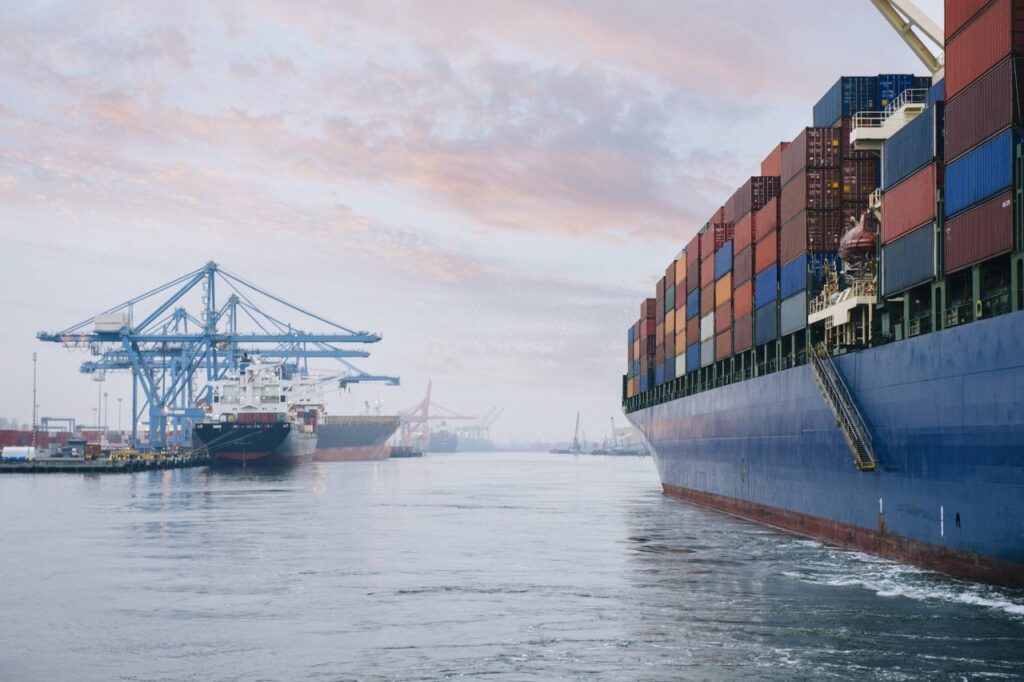
Marine Vessel Maintenance: How to Ensure Your Vessel is Ready for the Seas
Marine vessels are the lifeline of global trade and transport, facing challenging environments that demand exceptional durability and performance. Regular maintenance is critical to ensuring a vessel’s readiness for the seas, safeguarding its efficiency, safety, and lifespan. In this blog, we’ll explore key strategies to maintain your vessel and keep it seaworthy.
1. Conduct Routine Inspections
Scheduled inspections are the foundation of vessel maintenance. Regularly assessing the condition of hulls, engines, and onboard systems helps identify wear and tear before they escalate into significant issues.
- Focus Areas: Inspect propulsion systems, navigation equipment, and safety gear for optimal performance.
- Tools: Use drones, cameras, and sensor-based technologies for accurate assessments of hard-to-reach areas.
2. Prioritize Preventive Maintenance
Preventive maintenance involves proactively addressing potential issues to avoid breakdowns or costly repairs.
- Engine Care: Regular oil changes, filter replacements, and coolant checks keep engines running smoothly.
- Hull Cleaning: Remove biofouling from the hull to improve fuel efficiency and reduce drag.
- Electrical Systems: Ensure all wiring, lights, and communication systems are functioning correctly.
3. Stay Compliant with Regulations
Adhering to international maritime regulations is not only a legal requirement but also an essential aspect of maintenance.
- Safety Standards: Comply with SOLAS guidelines for lifesaving equipment, fire systems, and structural integrity.
- Environmental Rules: Follow MARPOL protocols to reduce pollution and manage waste effectively.
4. Invest in Predictive Maintenance
Modern technology offers predictive maintenance tools that monitor vessel systems in real-time, predicting failures before they occur.
- IoT Sensors: Monitor engine performance, fuel usage, and mechanical stress.
- Data Analytics: Analyze patterns to forecast maintenance needs and optimize service schedules.
5. Plan for Emergency Repairs
Despite the best efforts, vessels may encounter unexpected issues at sea. A solid plan for emergency repairs ensures minimal disruption.
- Essential Tools: Stock spare parts and repair kits onboard.
- Local Support: Establish partnerships with reliable repair services at key ports.
6. Regular Drydocking
Drydocking is an essential aspect of vessel maintenance, allowing for comprehensive inspections and repairs.
- Key Activities: Perform underwater hull cleaning, propeller polishing, and structural repairs.
- Frequency: Schedule drydocking as recommended by the vessel’s classification society.
7. Train Your Crew
A knowledgeable crew is vital for proper vessel maintenance.
- Skill Development: Train crew members in routine checks and emergency response.
- Maintenance Logs: Encourage the crew to maintain detailed records of all inspections and repairs.
Benefits of Proactive Maintenance
- Enhanced Safety: Well-maintained vessels reduce the risk of accidents.
- Cost Savings: Preventive care minimizes expensive downtime and repairs.
- Longevity: Regular maintenance extends the operational lifespan of the vessel.
- Operational Readiness: Ensures your vessel is always ready for the challenges of the seas.
Conclusion
Marine vessel maintenance is not just about keeping your ship afloat—it’s about ensuring safety, compliance, and operational excellence. By adopting a proactive approach, leveraging modern technology, and investing in skilled personnel, you can guarantee your vessel is ready to navigate the seas with confidence. Regular upkeep not only protects your investment but also reinforces your commitment to maritime sustainability and success.
